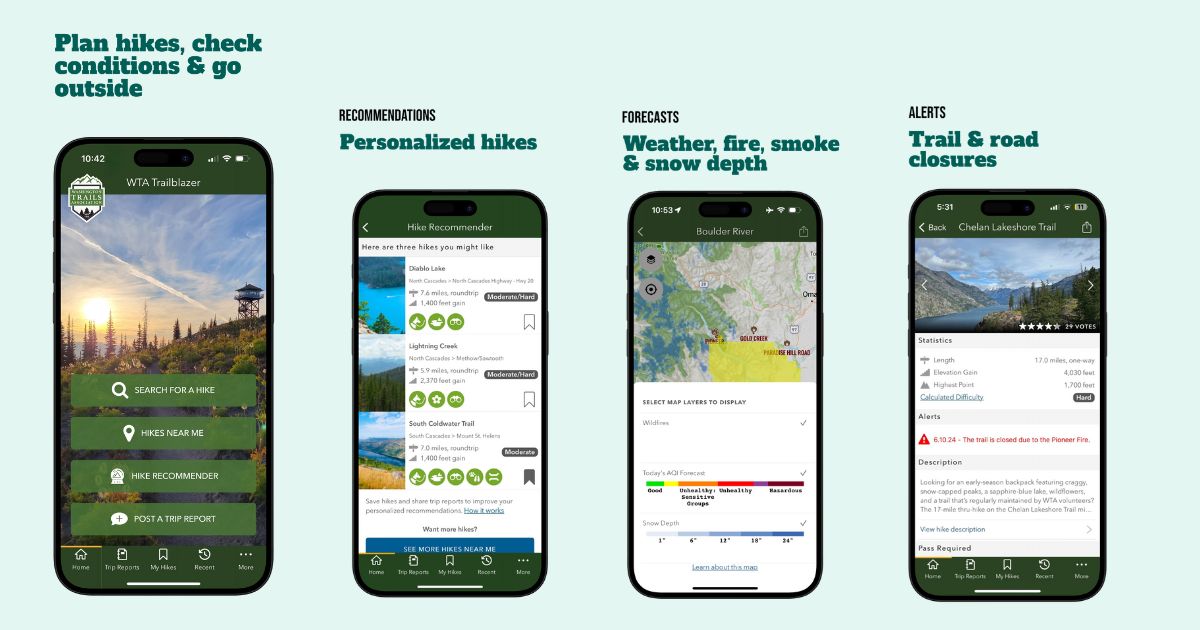The High Bridge trail departs from a nondescript section of Forest Road 29 and heads straight into the woods. There's no formal trailhead, or even a pullout to park in, so visitors should take that into consideration when visiting; try to carpool or bike instead of drive, and visit during the week to avoid creating congestion.
From the road, follow the wide dirt path into the woods for a few hundred feet on a gradual incline. As you get further in, the trail becomes steeper, though the forest remains pleasant and open. A couple sections of the trail through here become steeper, and where they're steeper they are more rutted. Hiking on ORV trails can be challenging since the tread is far from flat, so may slow your speed somewhat.
Continue winding gently up and through the forest for 0.65 miles until you arrive at an open, swampy plateau peopled with alders. Straight ahead of you is the titular High Bridge, broken now but still crossable for hikers. To your left, a trail crosses the creek slightly higher up; this crossing is best for ORVers, bikers, or horse back riders.
Past the creek, things really kick up. The trail gets very steep, climbing almost straight up in sections that are mercifully somewhat short. 0.58 miles from the creek crossing, you'll spot evidence of an old trail coming in from your left. Turn right, and continue another 0.04 miles to where High Bridge trail links up with Tongue Mountain Trail.
From here, it is possible to go either left or right and stay on the Tongue Mountain trail. Taking a left will deliver you to the northern Tongue Mountain trailhead in 3.16 miles. A right puts you on track for the Tongue Mountain summit trail. It's just 1.03 miles of trail similar to what you just climbed (rolling, sometimes steep incline through second-growth forest) to get to the turnoff for the hiker-only route to the Tongue Mountain summit. From the intersection, it's 0.6 miles to the top.
History
The CCC built the High Bridge trail while falling snags to reduce fire danger in the area in 1933 and 1934. The snags were what was left of the forest after the Cispus fires of 1902 and 1918 which burned a total of 96,000 acres. The logging opened up the forest to let more trees grow back, and now hikers can enjoy a beautiful open second-growth forest along the High Bridge trail.






 Trailhead
Trailhead





